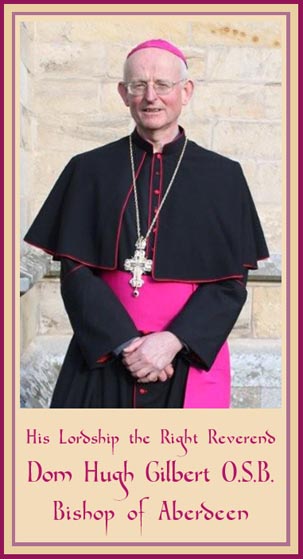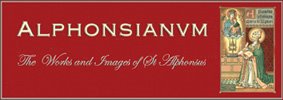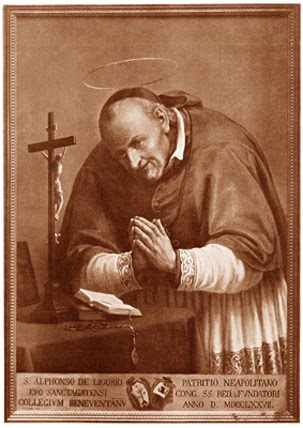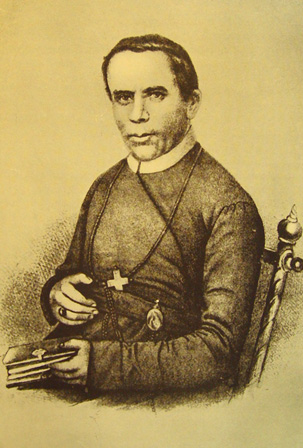The holy image of Our Lord Jesus Christ,
King of kings,
set in Scotland,
under the title of
The Bonnie Prince.
Our Lord Jesus Christ, King of kings,
under the title of
The Bonnie Prince
blesses you from the Stone of Destiny,
the crowning place of kings.
As your Infant King He seeks to win your heart to Himself.
Look upon His wounded Hands and little Feet.
Behold His Heart that has loved you so much.
Stand beneath His banner,
worship Him as God and do Him homage.
By Homage you declare that: He is your Lord;
you are His servant and friend;
and you promise to remain with Him
in loyalty, love and perpetual fidelity.
The permission to depict the Bonnie Prince in the Royal Stuart tartan was graciously accorded to us by the Earl of Moray.
The image depicts the Royal Child emerging from the darkness, the mystery and the mist of the Highlands in all His beauty. The Christ Child wears the Royal Stuart Tartan, and on His head is the crown of Scotland. He sits on the coronation stone (The Stone of Scone) which was used for centuries in the coronation of the monarchs of Scotland. His hand is raised in blessing and as in the style of the Most Holy Redeemer, He holds the Cross on His left side. His Sacred Heart is visible - the high point of the manifestation of His Kingship. He bears the marks of His crucifixion. Around Him are the Highlands of Scotland known for its grey skies and mist, and towards the edge of the painting the Royal Scottish Standard is visible.
The Image, the title The Bonnie Prince and
the Hymn to the Bonnie Prince
were canonically approved by the Bishop of Aberdeen
on 13 May, 2013.
Hymn to the Bonnie Prince
(Tune: Auld Lang Syne –Robert Burns)
1. Let folly praise that fancy loves,
I praise and love that Child
Whose heart no thought, whose tongue no word,
Whose hand no deed defiled.
I praise Him most, I love Him best,
All praise and love is His;
While Him I love, in Him I live,
And cannot live amiss.
2. Love's sweetest mark, land's highest theme,
Man's most desired light,
To love Him life, to leave Him death,
To live in Him delight.
He mine by gift, I His by debt,
Thus each to other due,
First Friend He was, best Friend He is,
All times will try Him true.
3. Though young yet wise, though small yet strong,
Thou man yet God He is;
As wise He knows, as strong He can,
As God He loves to bless:
His knowledge rules, His strength defends,
His love doth cherish all;
His birth our joy, His life our light,
His death our end of thrall.
4. Alas, He weeps, He sighs, He pants!
Yet do His angels sing;
Out of His tears, His sighs and throbs,
Doth bud a joyful spring.
O Bonnie Prince, whose tender arms
Can force all foes to fly,
Correct my faults, protect my life,
Direct me when I die.
[Slight adaptation of the hymn: Let Folly Praise What Fancy Loves
by St Robert Southwell, S.J. martyred at Tyburn, 21 February, 1595.]
We have a
Facebook page dedicated to The Bonnie Prince.
Images of The Bonnie Prince
are available for distribution by writing to:
The Bonnie Prince
Golgotha Monastery Island
Papa Stronsay, KW17 2AR
Orkney, Scotland.
Cards are in the following sizes:
A7 A5 A4















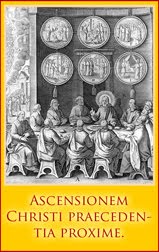
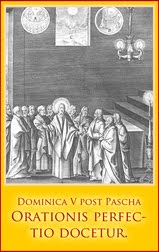

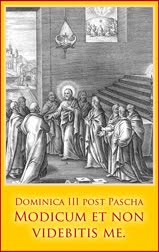

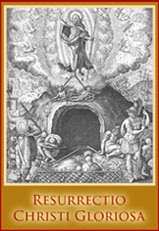
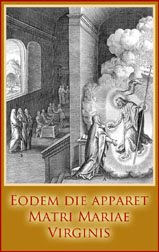
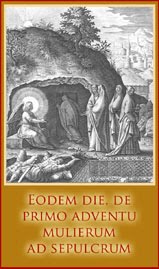
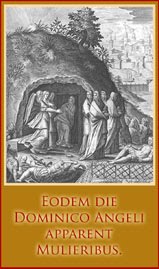
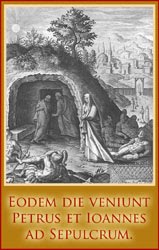
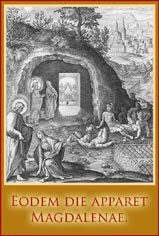



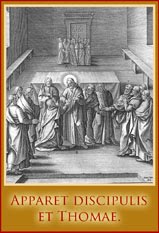

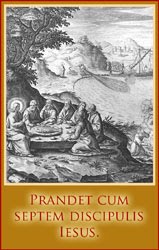



















.jpg)
.jpg)
.jpg)
.jpg)
.jpg)
.jpg)
.jpg)
.jpg)



.jpg)



.jpg)
.jpg)
.jpg)
.jpg)
.jpg)
.jpg)
.jpg)
.jpg)














